Chapi – The Soul of Raglai Culture from Two Perspectives
In both works, “Oh! Chapi” by Phong Nguyen and “In Search of Chapi’s Dream” by Uong Thai Bieu, the Chapi instrument appears as a spiritual symbol of the Raglai people – simple, small but containing precious cultural vitality.
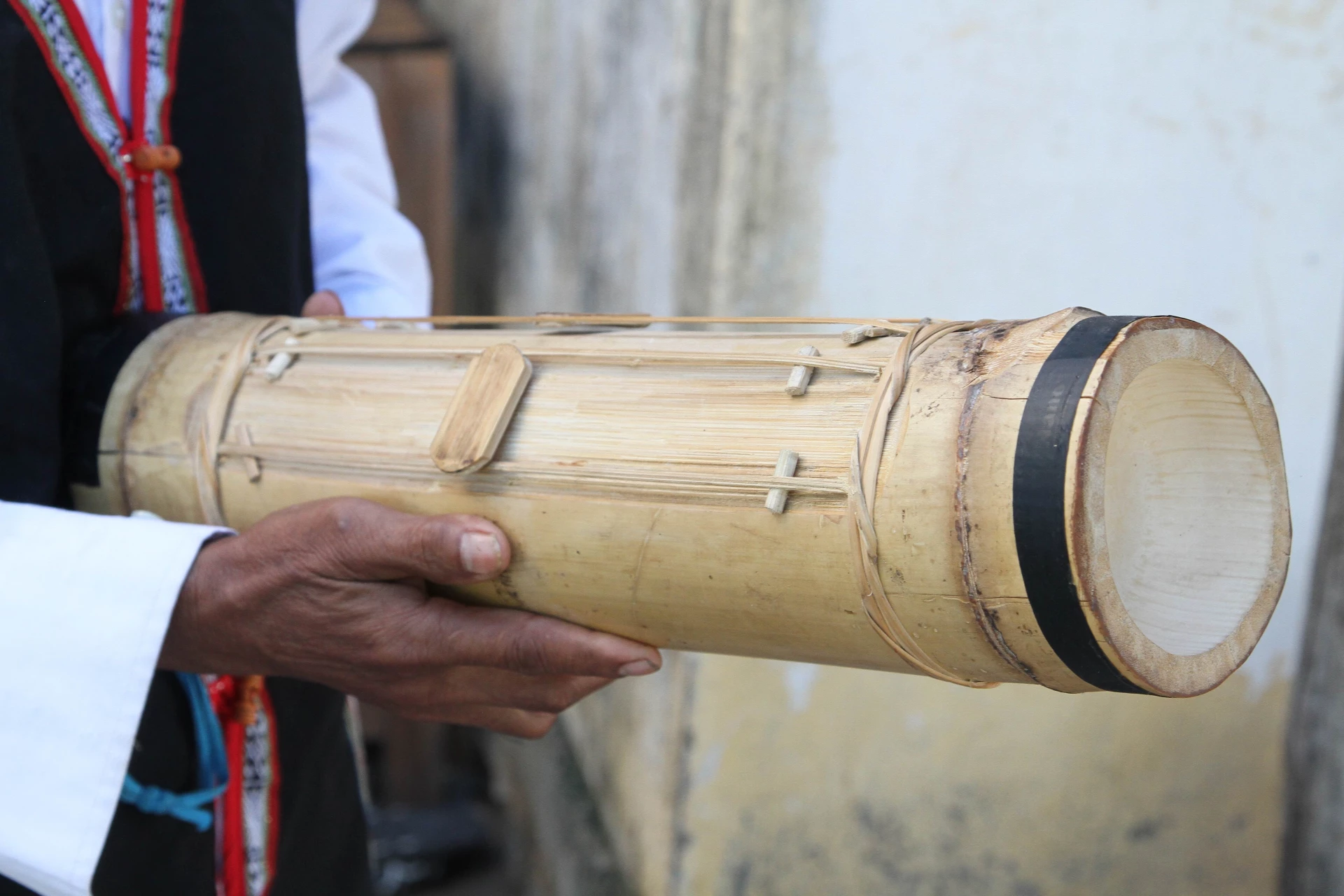 |
| Chapi instrument of Raglai ethnic group. Photo: THAI SON NGOC. |
Uong Thai Bieu describes the instrument in an anthropological field writing style: “The Chapi instrument, a simple musical instrument of the Raglai people, which everyone poor has… is just a bamboo tube with knots at both ends, about 40cm long, eight strings, and four frets surrounding the bamboo tube” ( In Search of the Chapi Dream ). The type of bamboo used to make it must be round, thin-barked thorny bamboo grown on high hills - the type of bamboo that the craftsman must wait nearly two years for to reach maturity, then hang for a few more months in the kitchen to dry and become tough.
Meanwhile, Phong Nguyen looked at Chapi with lyrical eyes. He wrote: “Ama Diep lifted the Chapi up to his chest with both hands; each finger plucked the bamboo strings… The sound of the instrument did not linger long but resonated far and wide” ( Oh! Chapi ). To him, Chapi was not just a musical instrument - it was “the heart of bamboo and sacred forest”, the breath of the great Khanh Son forest in the misty night.
From two different perspectives and spaces, both journalists came to a common understanding: Chapi is the soul of Raglai culture. Each string represents “father, mother, son, daughter” - a metaphor for the harmony in a matriarchal family. With just a small bamboo tube, the Raglai people have imitated the sound of the entire sacred Ma La, recreating a miniature universe in the hands of humans.
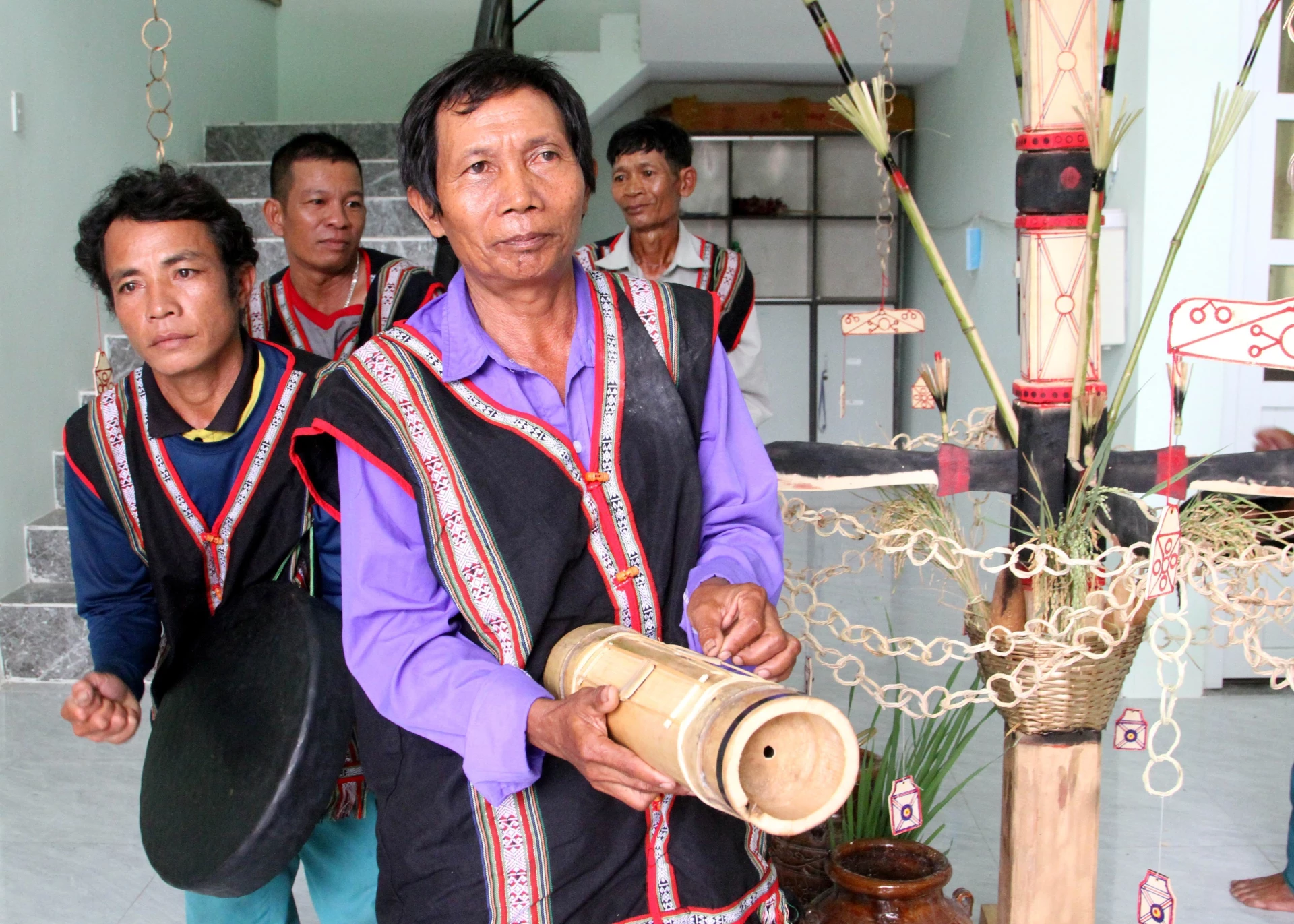 |
| Artisan Ta Thia Ca (Ro On village, Phuoc Ha commune, Khanh Hoa province) performs the Chapi instrument during the new rice offering ceremony. Photo: THAI SON NGOC. |
The Chapi sound resounds in every moment of life: During the rice offering ceremony, to give thanks for the harvest; on the fields, to call each other to go to the forest to plant crops; on moonlit nights, to share the sadness and joy of the Raglai people; and on dating nights, for boys and girls to send their memories through the melody "Em o lai anh ve"...
Simple yet profound, Chapi is not just a sound - it is a collective memory, the “language of the mountains and forests”, a bridge between humans and nature, between the present and ancestors.
Chapi's Sadness
From two different journeys, Phong Nguyen and Uong Thai Bieu both meet at the same low note: "Chapi's sadness" - the sadness of a cultural trait of an ethnic group that is at risk of losing its value in modern times.
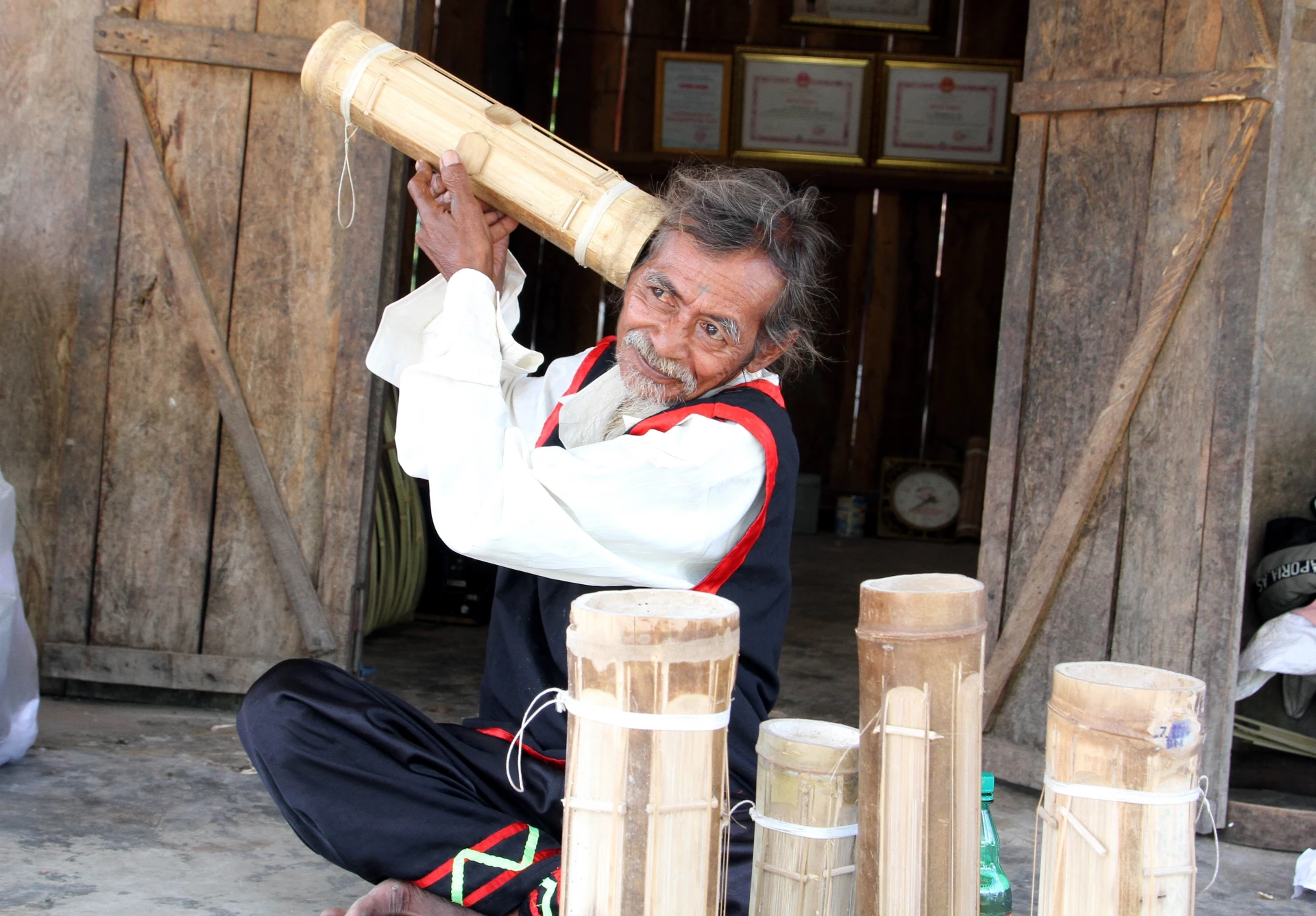 |
| Meritorious artisan Chamaléa Âu (Raglai ethnic group, Do village, Anh Dung commune, Khanh Hoa province) is one of the few people who can skillfully make and use the Chapi. Photo: THAI SON NGOC. |
Chamale Au in Ma Noi (formerly Ninh Thuan province) and Ama Diep in Khanh Son (Khanh Hoa province) appear as the two “last keepers of the fire” of the Raglai people. Both are old and weak, “with dim eyes and trembling hands”, but in their eyes still burns the flame of love for their profession and culture. Chamale Au sighed: “Nowadays, there are not many boys who are willing to go looking for bamboo tubes, and no one plays Chapi anymore” ( In Search of Chapi Dream - Uong Thai Bieu). And Ama Diep - the only person who can still play all the melodies - is afraid that one day when he leaves this world, that instrument will be “extremely lonely” ( Oh! Chapi - Phong Nguyen).
Both journalists recorded those confidences not only as a detail about the character, but also as a cultural warning. Because behind the ups and downs of the strings is the fear of loss, not only of a musical instrument, but also of a fading community memory. Phong Nguyen called it “Chapi sadness” - a short but evocative phrase. That sadness is not only of the Raglai people, but also a common sadness of national cultural values that are gradually being overwhelmed by the pace of modern life. It is the echo of the sound of bamboo in the night, both painful and earnestly holding on.
More thoughtfully, both authors realized a cultural paradox: While the song “ Chapi Dream ” by musician Tran Tien, sung by Y Moan, once resonated on big stages, making Chapi known to the whole world , right in the Raglai village, that sound is gradually fading away. What is celebrated out there is fading away in the very place where it was born.
With two tones - one lyrical, one thoughtful - Phong Nguyen and Uong Thai Bieu wrote a tragic song about Chapi: full of sadness but not despair. In each word, readers still recognize the smoldering belief that: As long as there are people who remember, Chapi will still resonate, like the call of the forest, of bamboo, of the Raglai soul that never dies.
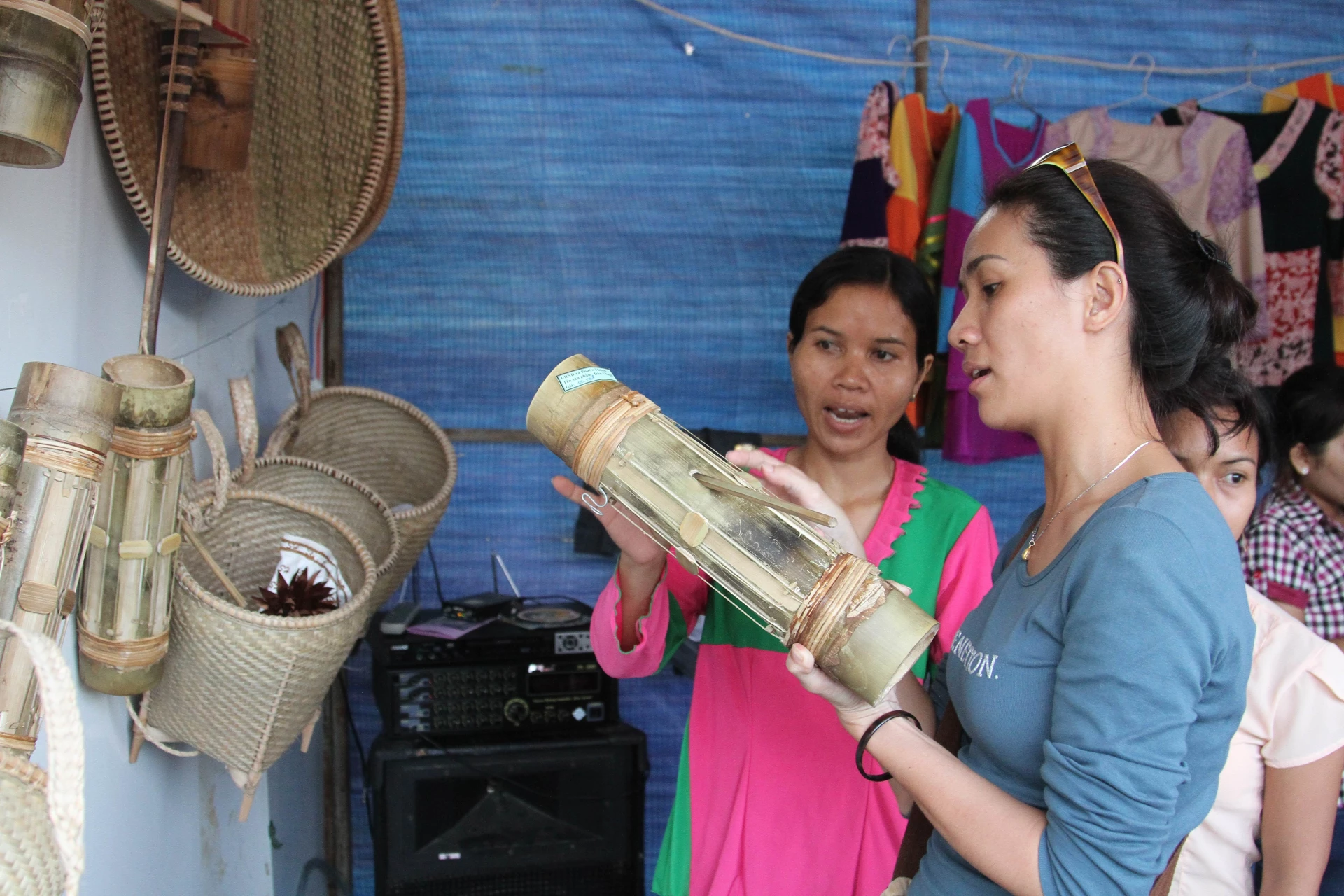 |
| Tourists learn about the Chapi instrument. Photo: THAI SON NGOC. |
Aspiration to preserve and promote
Raglai artists - those who still preserve the Chapi sound - do not talk much about "cultural preservation", but their silence is the most profound voice. In the sadness, in the distant eyes of Chamale Au or Ama Diep, one can read a burning wish: Do not let the Chapi sound - the soul of the mountains and forests, of the Raglai people - sink into the indifference of time.
From Ma Noi to Khanh Son, the Chapi sound in the writings seems to echo for the last time in memory, but at the same time sows a seed of hope. With their pens, the two authors have turned the sound of the zither into a call - awakening love, pride and awareness of preserving Raglai culture in readers. Each of their words seems to carry the vibration of bamboo and the breath of the great forest, so that the Chapi sound not only echoes in memory, but also lives forever in the minds of those who know how to listen.
NGUYEN CANH CHUONG
Source: https://baokhanhhoa.vn/van-hoa/202510/chung-mot-tam-nguyen-trong-hai-bai-viet-ve-chapi-65005a4/




![[Photo] Discover unique experiences at the first World Cultural Festival](https://vphoto.vietnam.vn/thumb/1200x675/vietnam/resource/IMAGE/2025/10/11/1760198064937_le-hoi-van-hoa-4199-3623-jpg.webp)



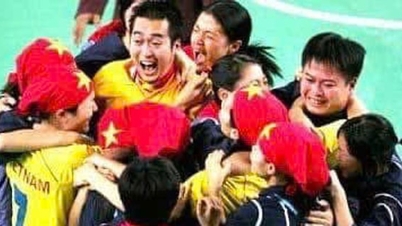

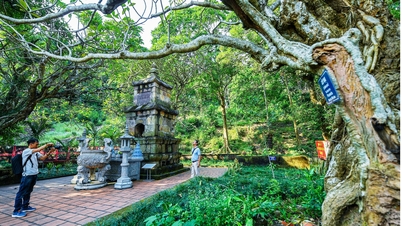

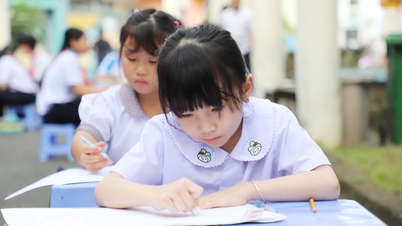




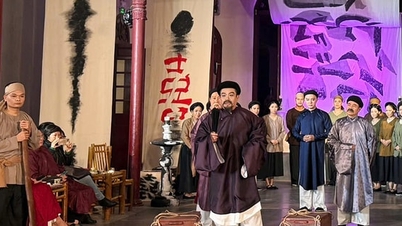




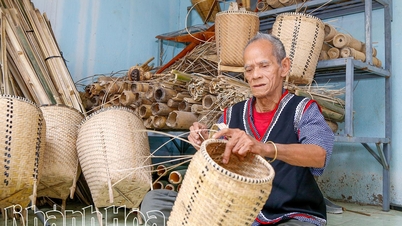



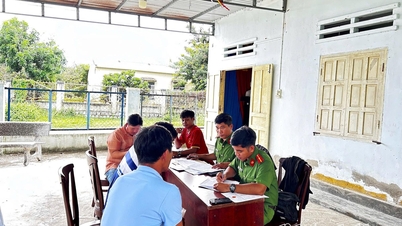

![[Photo] General Secretary attends the parade to celebrate the 80th anniversary of the founding of the Korean Workers' Party](https://vphoto.vietnam.vn/thumb/1200x675/vietnam/resource/IMAGE/2025/10/11/1760150039564_vna-potal-tong-bi-thu-du-le-duyet-binh-ky-niem-80-nam-thanh-lap-dang-lao-dong-trieu-tien-8331994-jpg.webp)































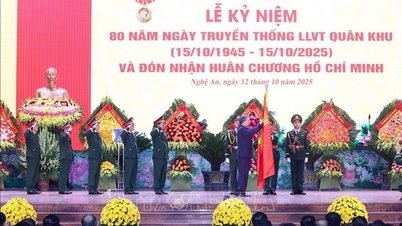




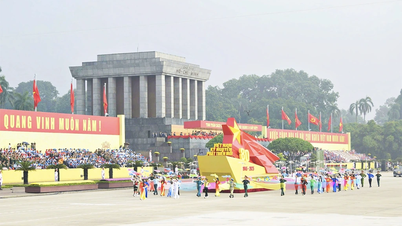
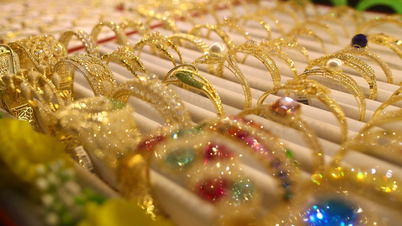


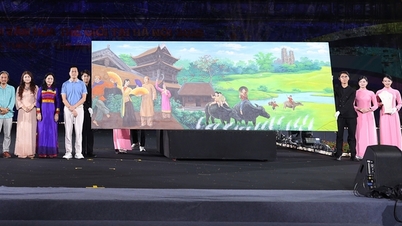






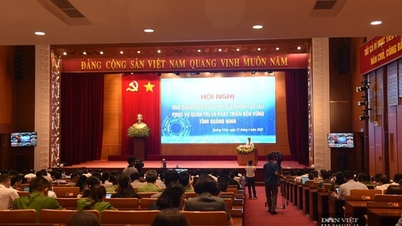



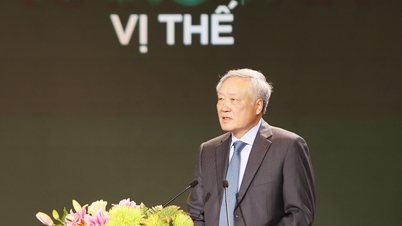
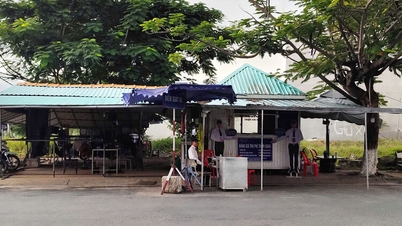















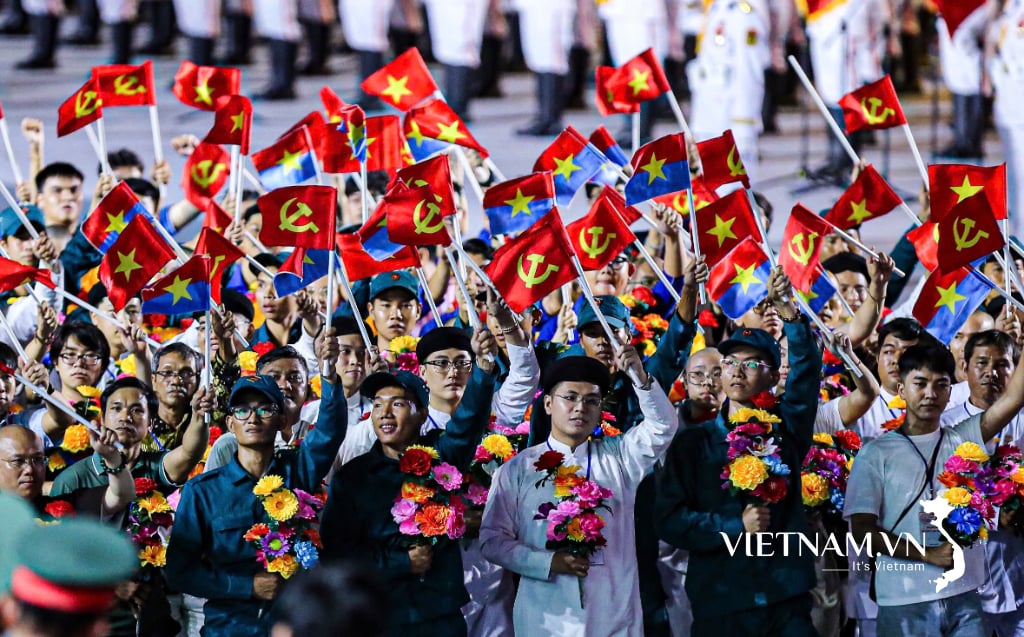
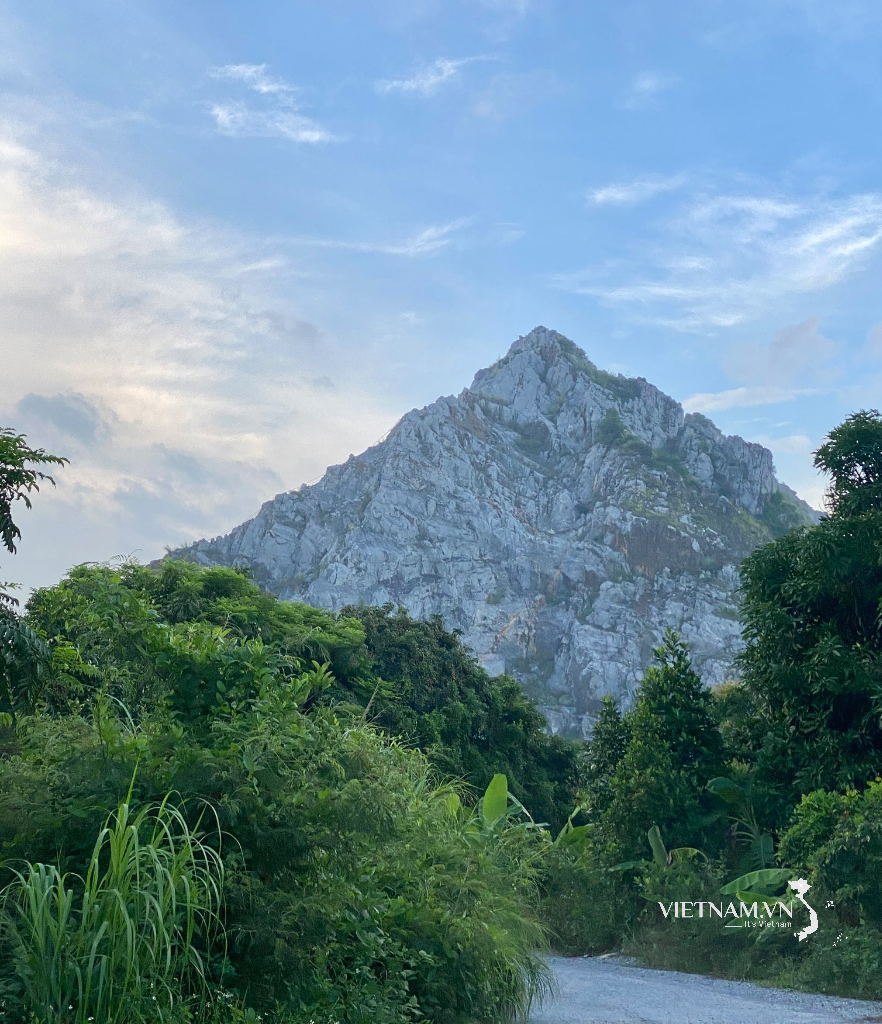


Comment (0)